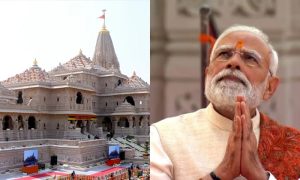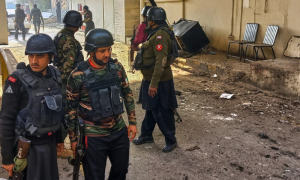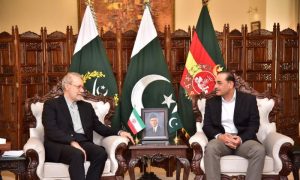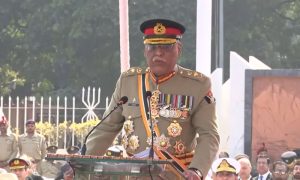Pakistan’s economy is entering a cautiously promising phase, with global rating agencies upgrading its outlook, inflation cooling to multi-year lows, and foreign exchange reserves building up at a pace not seen in over a decade.
Analysts say the country, after years of volatility, now stands at an inflection point where macroeconomic stability could translate into broader growth—if reforms are sustained and inclusiveness stays as the ultimate target.
Macroeconomic improvements would not be able to regain public trust unless the real economy picks up to better income and employment.
Fitch Ratings this month revised Pakistan’s outlook to positive from stable, citing policy continuity under the International Monetary Fund (IMF) program and a sharp narrowing of external imbalances.
Moody’s, while keeping the sovereign at highly speculative levels, also acknowledged improved fiscal management and better-than-expected external buffers.
These endorsements come at a time when the State Bank of Pakistan has reported reserves at its highest level since 2016, reflecting stronger inflows and disciplined external financing.
Inflation, which peaked above 38 percent last year, has now retreated to less than 10 percent, offering much-needed relief to households reeling under surging food and fuel costs.
The central bank projects inflation to edge further down within its 5–7 percent target range by next fiscal year, raising expectations of lower interest rates and a potential revival in credit flows.
On the growth side, GDP is expected to expand around 3.5 to 4 percent in FY25, reversing two consecutive years of stagnation.
Yet the optimism is tempered by concerns over inclusiveness. Economists warn that the current recovery remains “top-heavy,” led by external account stabilization and fiscal restraint, with limited immediate benefits for households and small businesses.
Real wages have failed to keep pace with even reduced inflation, while unemployment remains sticky in urban centers.
“Macroeconomic repair is essential, but it does not automatically translate into livelihoods. The challenge is to broaden growth so that ordinary Pakistanis can feel the difference,” said one Karachi-based analyst.
The manufacturing sector, especially small and medium enterprises, continues to struggle under high energy costs and tight credit.
Agriculture has offered some respite through bumper wheat and rice harvests, but supply chain inefficiencies and post-harvest losses limit the sector’s capacity to transmit gains to consumers.
Fitch also noted in its latest commentary that without structural reforms—such as broadening the tax base, tackling energy inefficiencies, and incentivizing private investment—the growth path could remain shallow.
Timeframe is another critical factor. According to SBP assessments, the lag between stabilization and tangible welfare improvements could stretch 12 to 18 months, provided inflation continues its downward trajectory and growth holds above 4 percent.
Fitch projects that broad-based trickle-down may not materialize until FY27, when reforms in taxation, energy, and governance begin to show cumulative effects.
Until then, households may see only gradual relief through moderating prices rather than a significant improvement in jobs or disposable incomes.
Still, the relative stability itself marks a turning point. Pakistan’s external financing risks have eased, with renewed multilateral support and improving investor sentiment, while the local currency has held firm against the dollar.
For policymakers, the task ahead is to ensure that these hard-won gains are not squandered in the political expediency, but rather translated into structural reforms that make growth durable and inclusive.
For now, the economy is stabilizing and regaining lost ground. But for millions of citizens, the promised trickledown of prosperity remains, at best, a distant prospect.



























